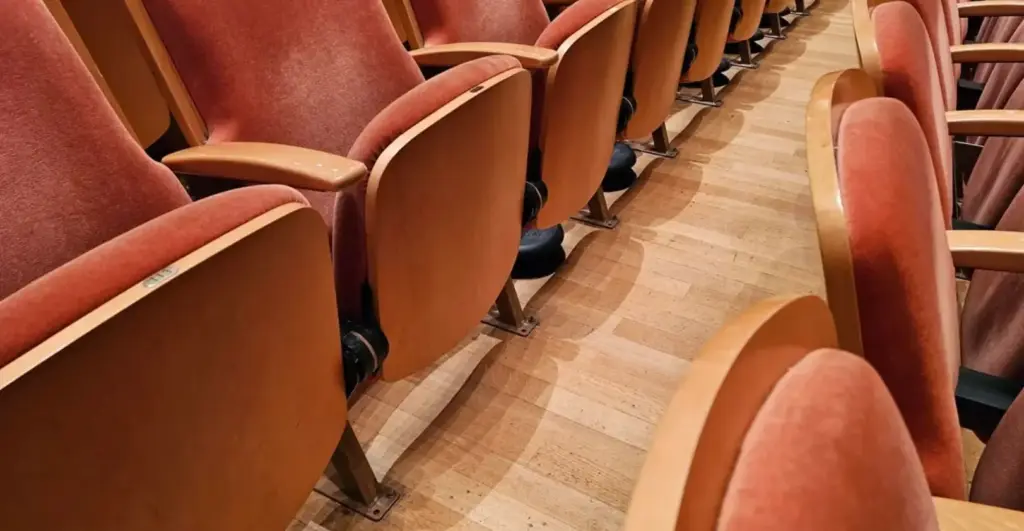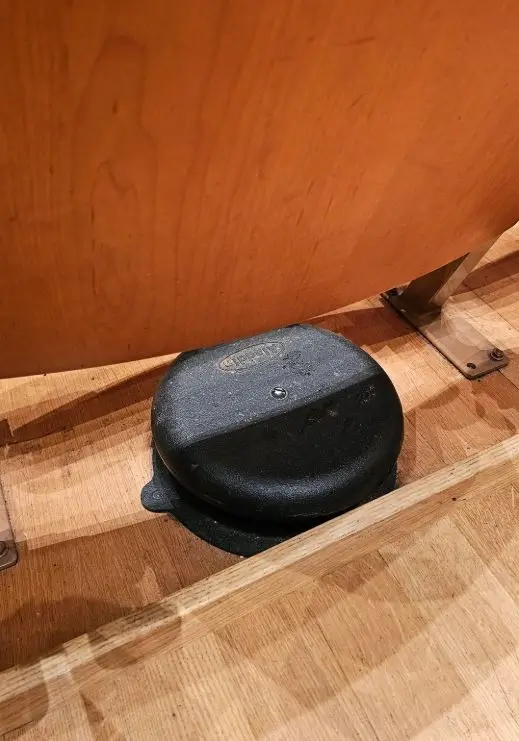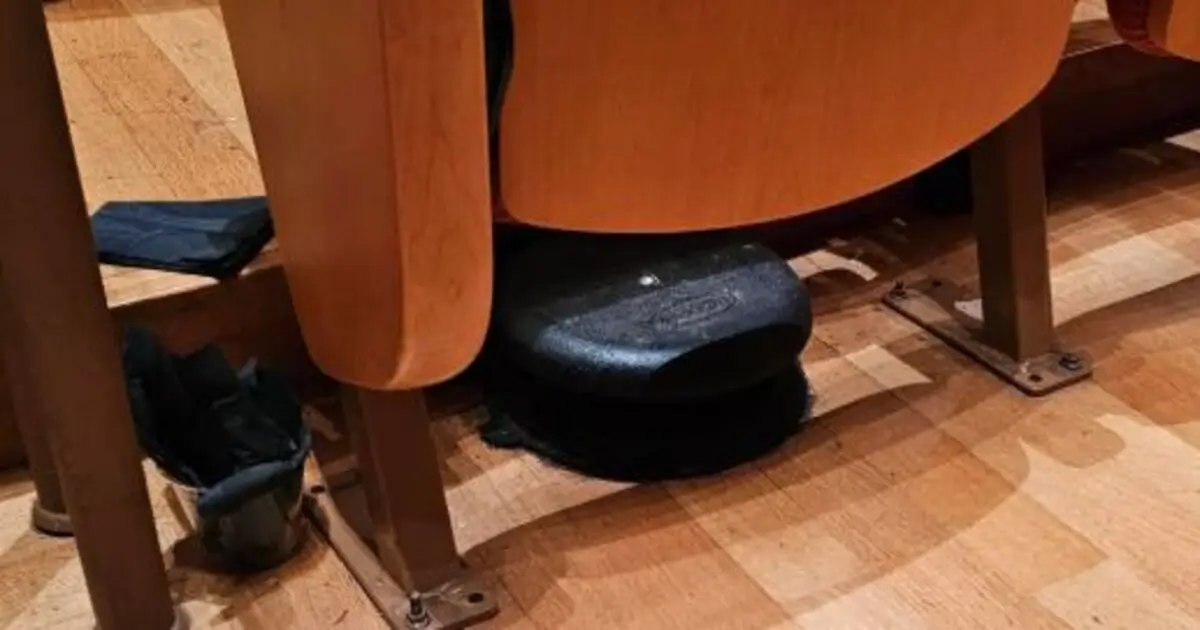Imagine sitting in a crowded theater on a hot summer day, sweating, pinned to your seat by a brick-shaped fan, and it’s easy to appreciate the miracle of air conditioning as a technology that changed the world. But you may be surprised to learn that early 20th-century theaters actually had a leg up on indoor cooling. Through a clever mix of ice, fans and deliberate ventilation, these monumental spaces remained refreshingly cool. If you’ve ever noticed an odd round vent under an old theater seat, then you’ve peered at a vestige of the brilliant movie house cooling system that preceded air conditioning.
A Cool Idea in a Hot Era
Prior to the invention of air conditioning in the 1920s — and even after air conditioning became common decades later — people found ways to keep cool. Large-scale movies, and live-performance theaters, in particular, had to keep audiences comfortable in the warmer months. Instead of losing business during the summer months, theater owners devised an efficient new system to push cooled air around.
Here’s how it worked:
- Huge chunks of ice would be in the cellar or basement of the theater.
- Large electric fans circulated air over the ice.
- That cold air was forced upward through a system of ducts and floor vents, like those black cast-iron beauties that can still be seen protruding under seats in historic theaters.
- Except they’d used an early version of forced-air cooling, essentially the same as the process used today — but without any refrigerant.
Not as sensitive as today’s thermostats, this system actually worked pretty well. Patrons frequently said they were the most comfortable spots in town on a hot day.

The Vents That Whisper History
Cast-iron vents, circular or rectangular, nestled under the seats, and many historical theaters still have their original in place. By untrained eyes, they could easily be mistaken for strange floor pieces. But each one is a mute testament to a lost innovation.
These vents weren’t just about looks. They were the last stop in a cooling process that began deep within the theater, where workers would haul in fresh ice daily during the summer season.
The cool air would waft softly up around audience members’ feet and legs, and the resulting comfort could be a surprise on warm nights. Old movie posters often boasted of “refrigerated air” and “ice-cooled comfort,” an early type of climate control advertising.
Why It Mattered
In an era when virtually all homes and workplaces became practically unbearable in the summer heat, going to the theater was more than mere entertainment. It was also for comfort and relief. These early forms of air-cooling transformed theaters into sanctuaries where families and friends fled from the heat for at least a few hours.
This ingenious cooling arrangement was pivotal to the golden age of Hollywood. Crowds inclined to sit longer flocked to comfortable theaters, leading to increased ticket sales and helping make the movie and sitting in cool, summer-friendly comfort a beloved summer pastime — one that still holds to this day.

Echoes of Innovation
Today, stepping into one of those gleamingly restored historic theaters often feels like walking back in time. The carved woodwork, velvet curtains and balcony seats are all to die for — but don’t forget to look down. That innocuous vent below you? It’s a vestige of an era when air-cooling a room took ice, fans and a whole lot of ingenuity.
These early systems are a reminder that innovation isn’t always high-tech. So a little creativity (and a stepping-stone or two) can go a long way.
